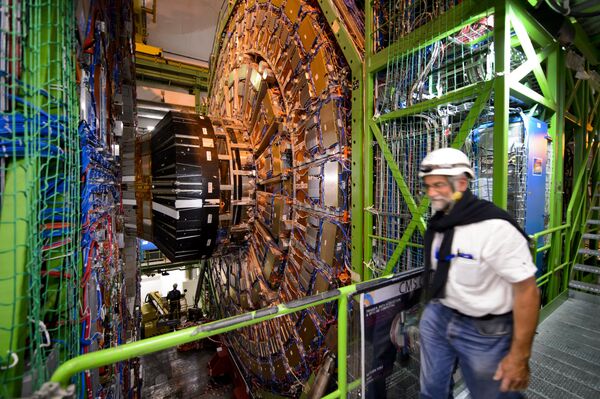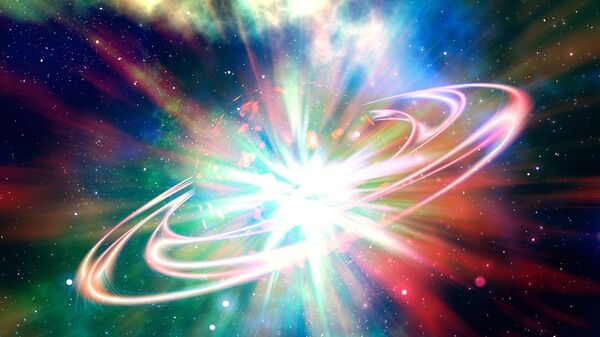On 3 February, Brazilian physicist Thiago Tomei, a researcher at the University of Sao Paulo's Scientific Computing Centre and Sao Paulo Research and Analysis Centre (SPRACE), was given the Achievement Award from Compact Muon Solenoid Collaboration (CMS), one of the particle detectors built in the Large Hadron Collider (LHC).
The prize received by the European Organisation for Nuclear Research scientist is awarded to scholars who stand out for their significant and lasting contributions to the components of the CMS experiments at the LHC, with which Unesp collaborates through SPRACE.
The scientist has explained his work and the LHC.
"A Hadron is a type of particle composed of a group of quarks. Quarks are elementary particles, whose main characteristic is that they undergo a certain type of interaction, called strong interaction. And, within the characteristics of these interactions, they don't exist in isolation. They are grouped into more stable sets called hadrons".

"There are examples of hadrons that are well known in chemistry, such as protons and neutrons, and others that were discovered later, such as pions and kaons. The Large Hadron Collider is a particle accelerator, located on the Franco-Swiss border, which aims to accelerate and collide protons at great energies, with significant proportions of the speed of light", Tomei said.
According to the physicist, through this movement, the device should generate small areas in space with high energy density, where the phenomena are governed by the laws of the so-called quantum field theory, combining Albert Einstein's theory of relativity with Werner Heisenberg's theory of quantum mechanics and others. Thus, there is a way of studying the most detailed structures of matter, as well as how matter behaves in these extremely high energy density areas.
"My work for the LHC is on one of the experiments that analyse these proton collisions, in the Compact Muon Solenoid. I'm working on obtaining data, preparing experiments and analysing the data itself. My job is to ensure that the experiment is conducted correctly, and then analyse the data and compare it with the theory's prediction, the best theory we have so far, which is the standard model, as well as the predictions of alternative theories".



